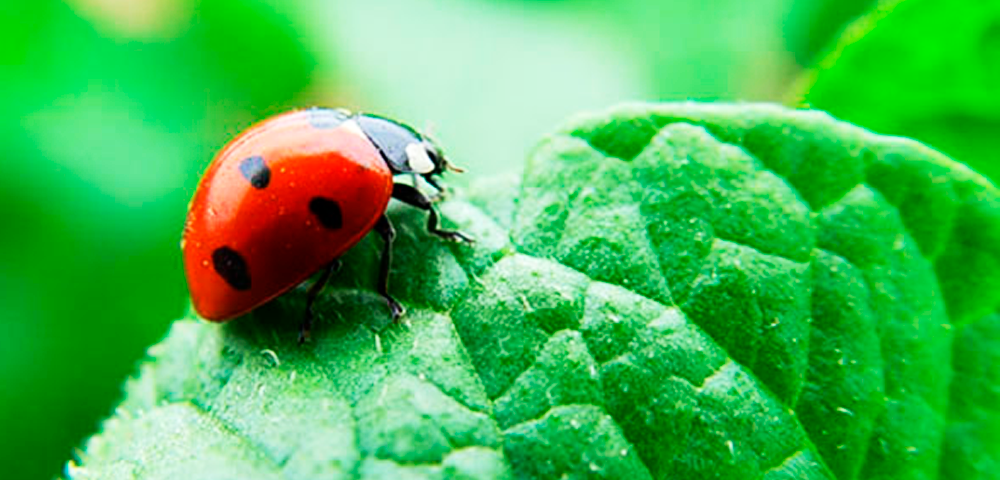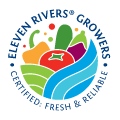Know more about the Eleven Rivers Certification Squeme: Integrated Pest Management (IPM)

Axis II: Agriculture Production System section 2.7. Integrated Pest Management (IPM)
2.7.1. Strategic plan
Documenting and implementing an Integrated Pest Management with effective strategies and control methods against detected pests; reducing the environmental impact to the minimum through the use of parasitoids, predators, pheromones, repellents, resistant or pest-tolerant varieties, among others.
2.7.2. Pest monitoring plan
Developing, documenting and implementing a pest monitoring plan. The technical manager may find support on outsourced professional services, social service providers from universities or research centers, previously trained by the IPM.
The monitoring plan should consider the species of pests subject to research and monitoring methods.
2.7.3. Cost-benefit analysis
Developing cost-benefit studies between the conventional manner of controlling pest insects and the IPM.
The analysis should contemplate all the investments of the agriculture cycle for monitoring, prevention and pest control present in the crop, by making a comparison with the benefits obtained from the generated production.
2.7.4. Pest analysis and their environment
Each species should be studied and managed from the population point of view, taking their habitat under consideration. The person responsible for the IPM should develop the documentary support of the technical information from the pests present in the agriculture production modules.
The evaluation should consider aspects such as insect resistance or tolerance, hosting plants, pest behavior and density, direct crop damages, climate conditions and presence of beneficial fauna.
2.7.5. Control methods based on cultural practices
In order to implement this method, it is essential to be knowledgeable in crop development and in the most susceptible stages for pest attacks.
The company should be respectful of the planting dates established by authorities, especially when there are local or regional regulations such as phytosanitary windows or planting planning. Incorporating the last shoots to the soil after the harvest stage is concluded and leaving photographic evidence of the activity.
2.7.6. Methods based on biological control
Biological control should describe the actions for action care and reinforcement of beneficial agents. Within these actions, species of parasitoids, predators and entomopathogenic microorganisms (fungi, bacteria and viruses) may be released or applied, produced in specialized centers or laboratories.
A program should be developed to monitor the presence of natural enemies for pests (frequently, we find Coccinellides, lacewings, bed bugs, pirate bugs, parasitoid wasps).
2.7.7. Interference Methods
The IPM should consider the application of pheromones and insect repellents; collecting technical data sheets and material safety data sheets for these products and follow their directions; verifying if they meet the specifications of the country of origin and destination of the products marketed.


